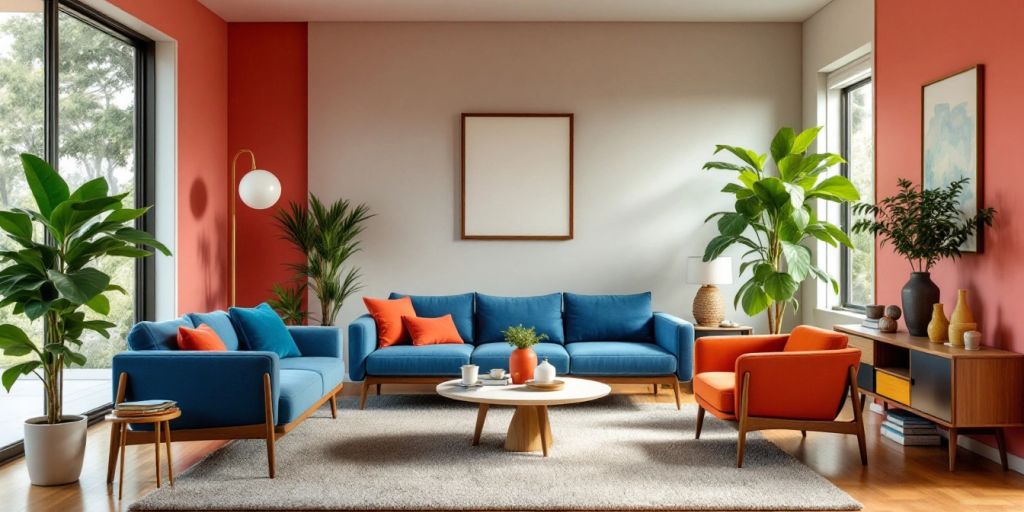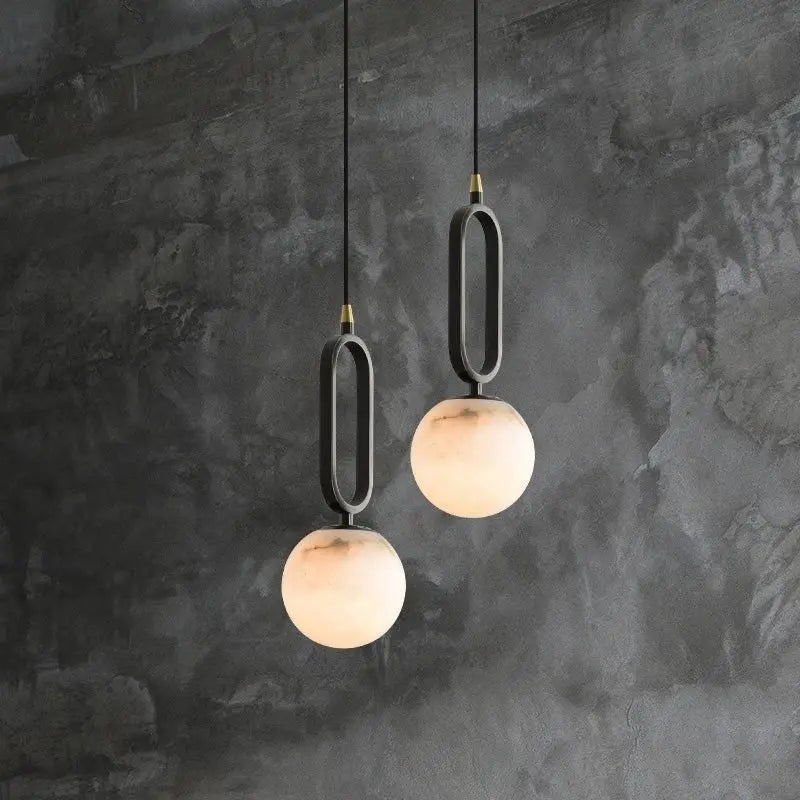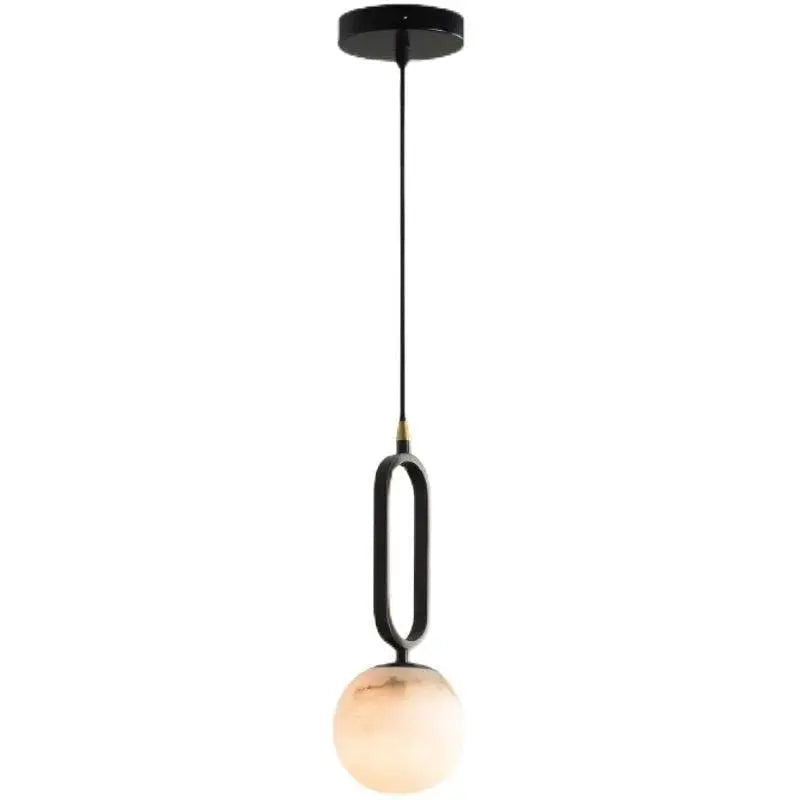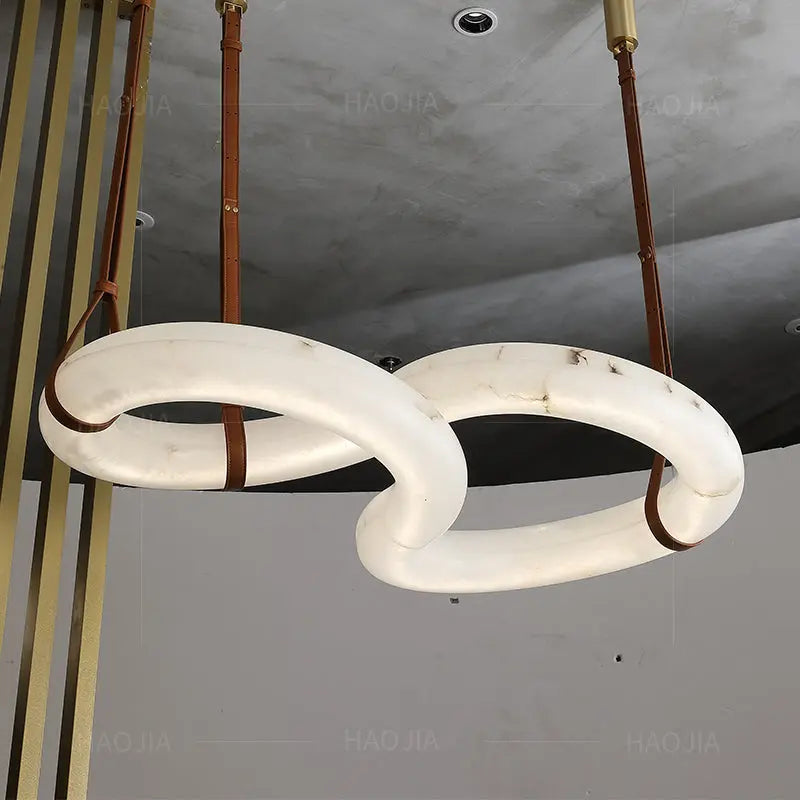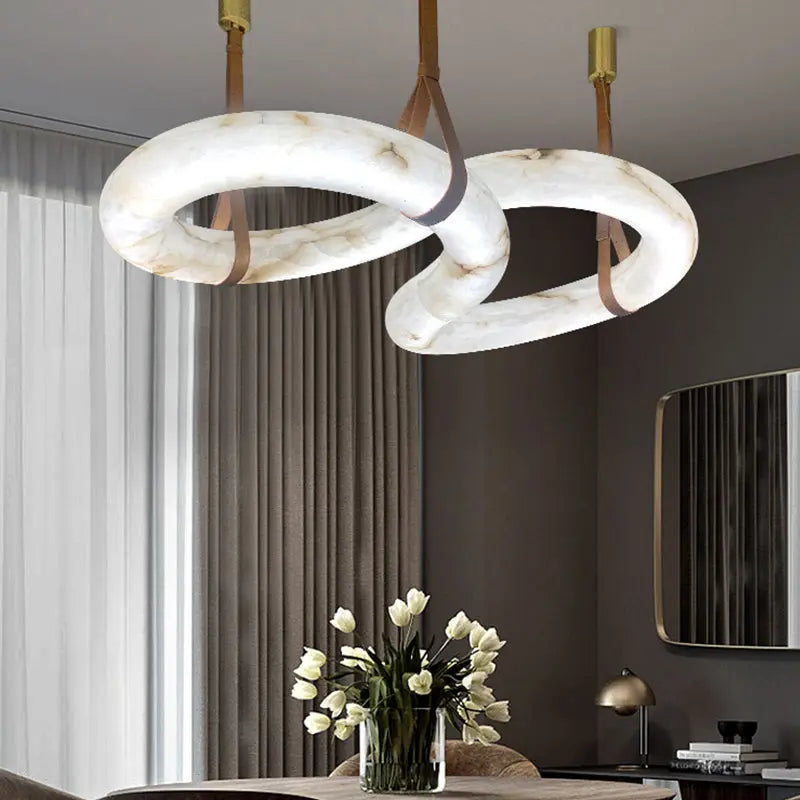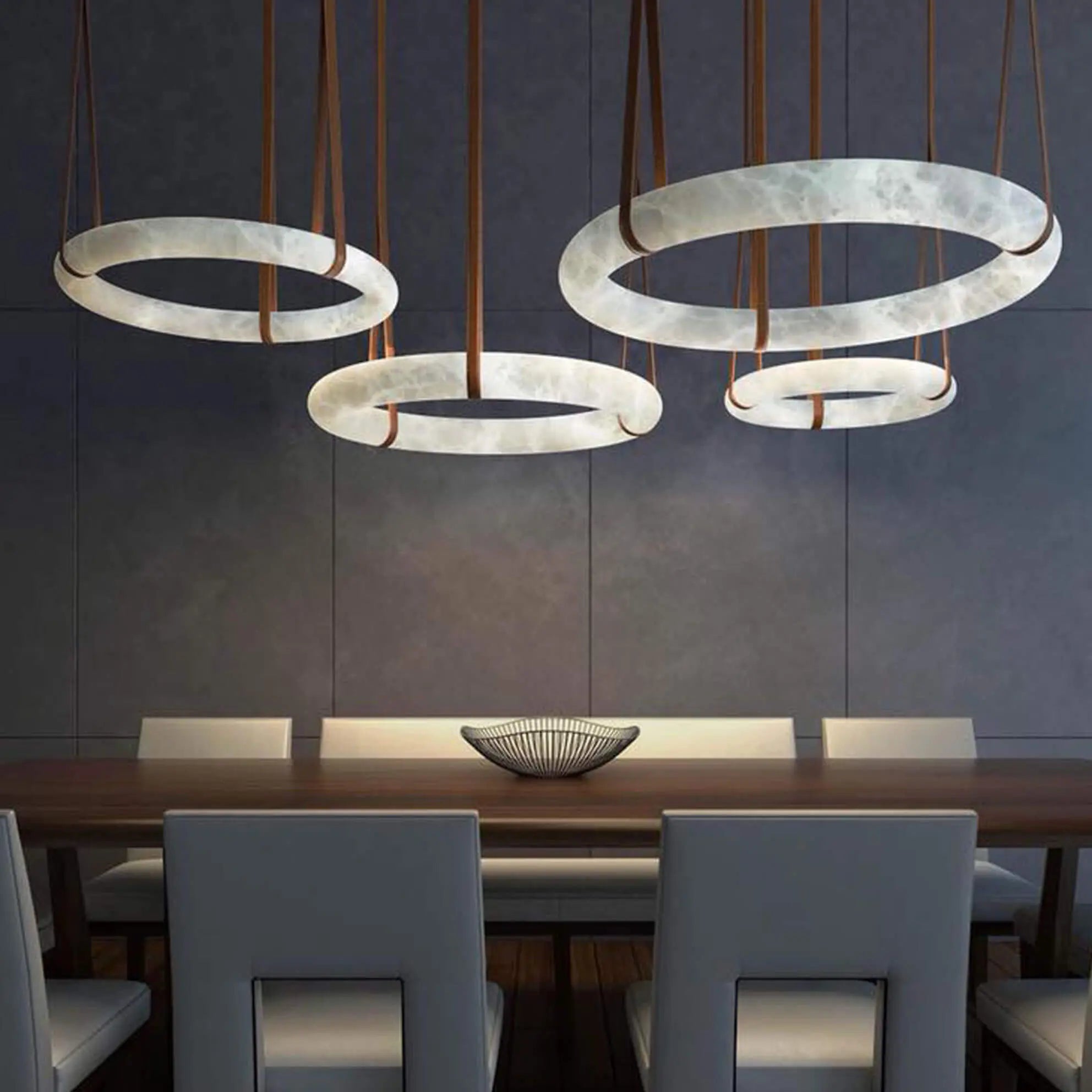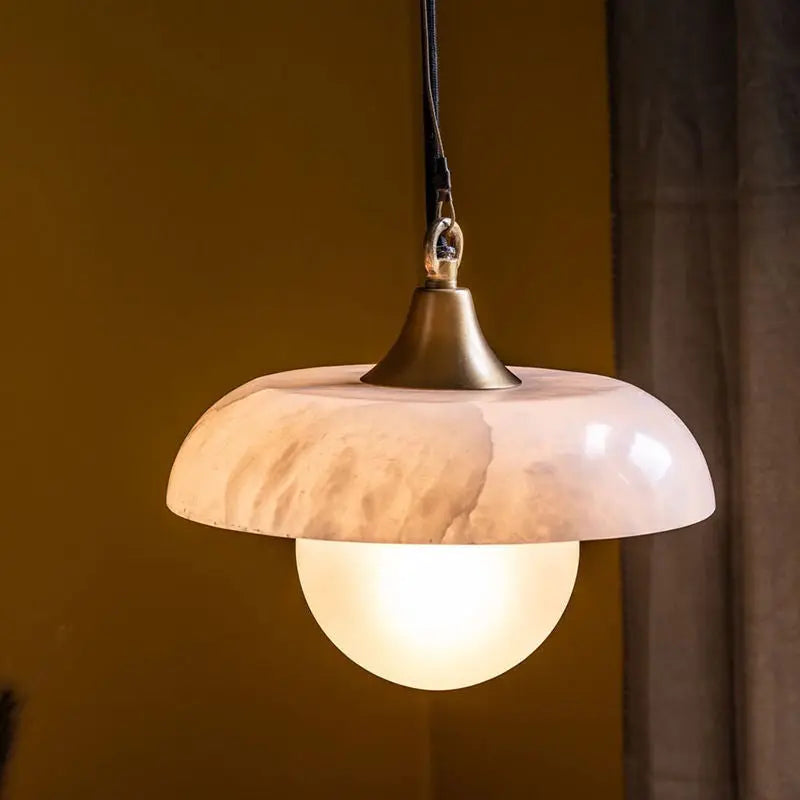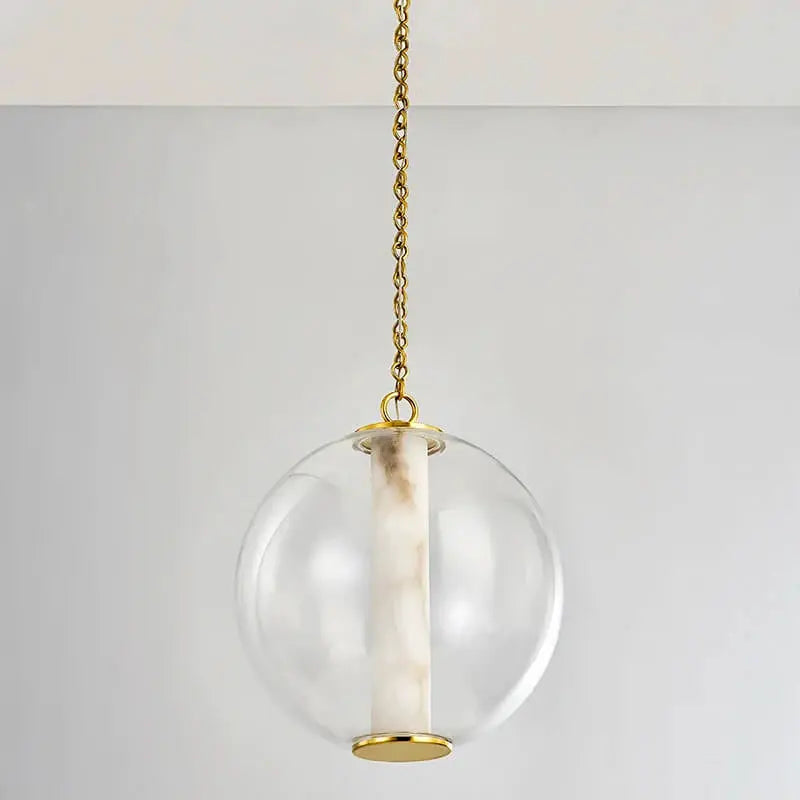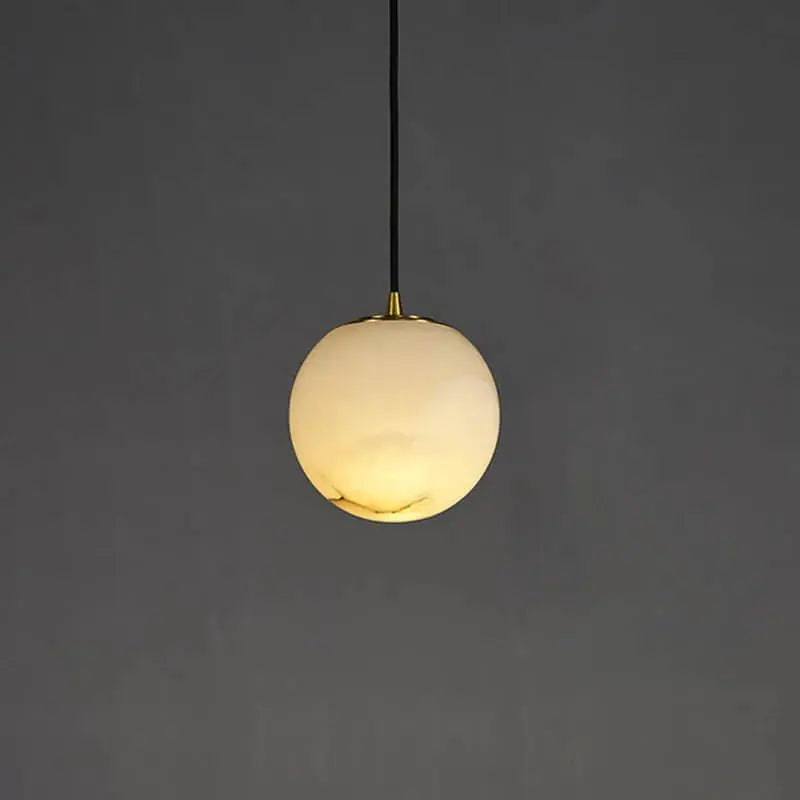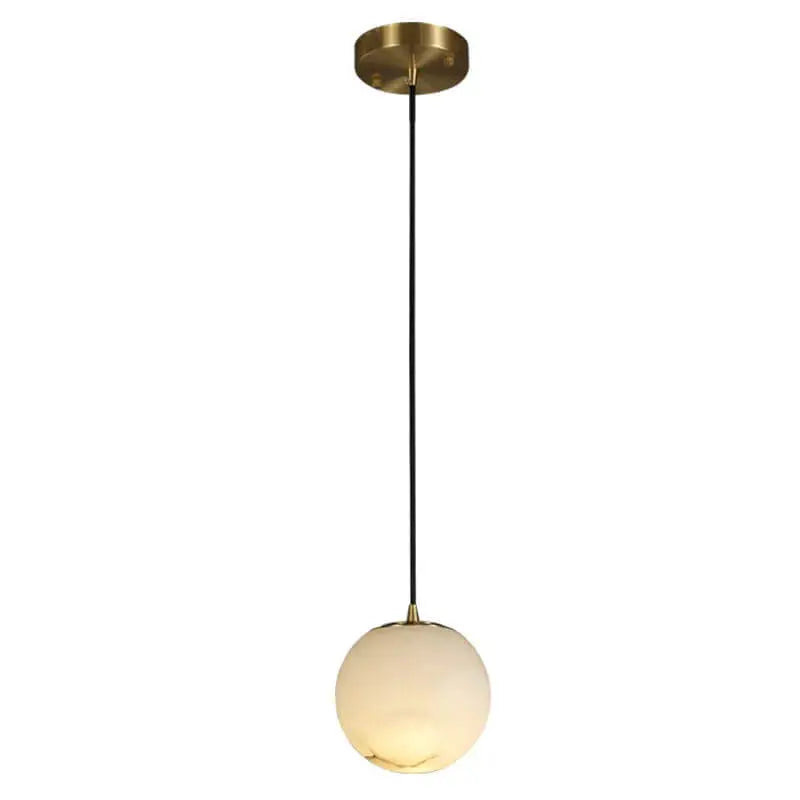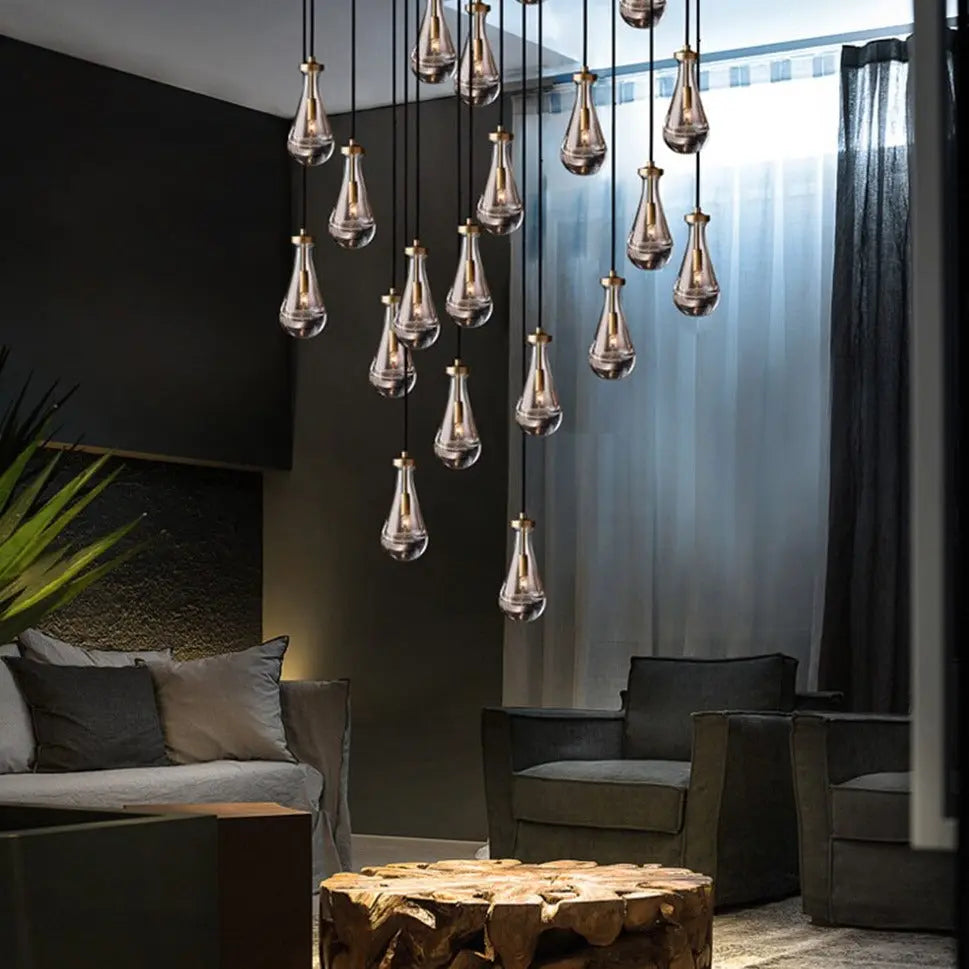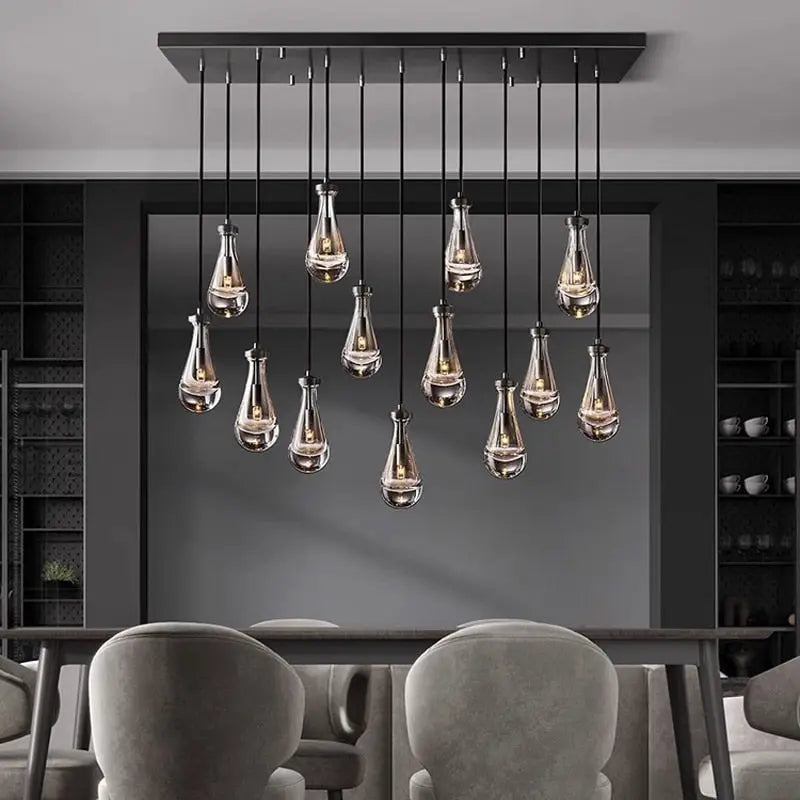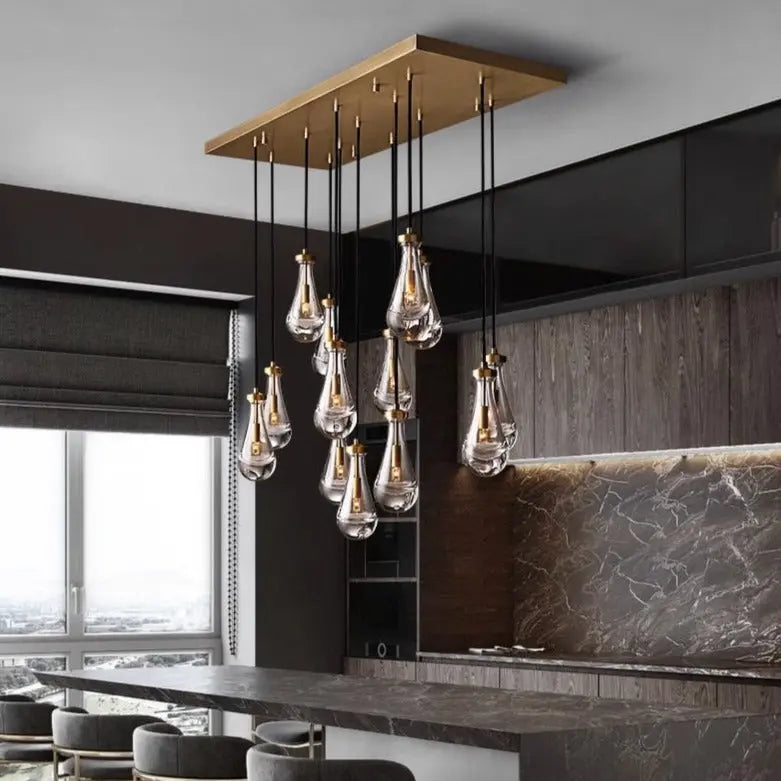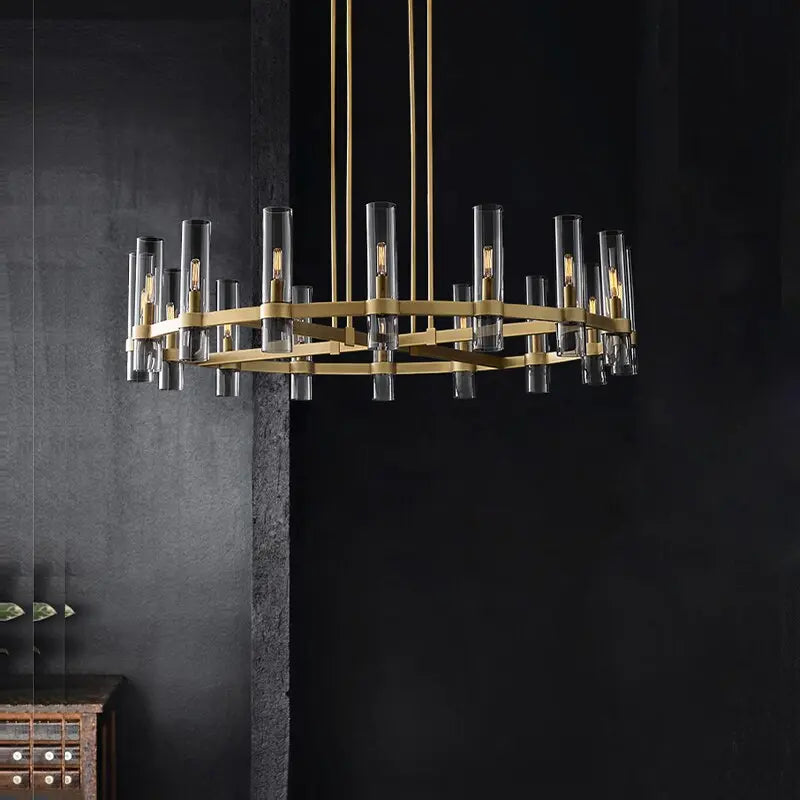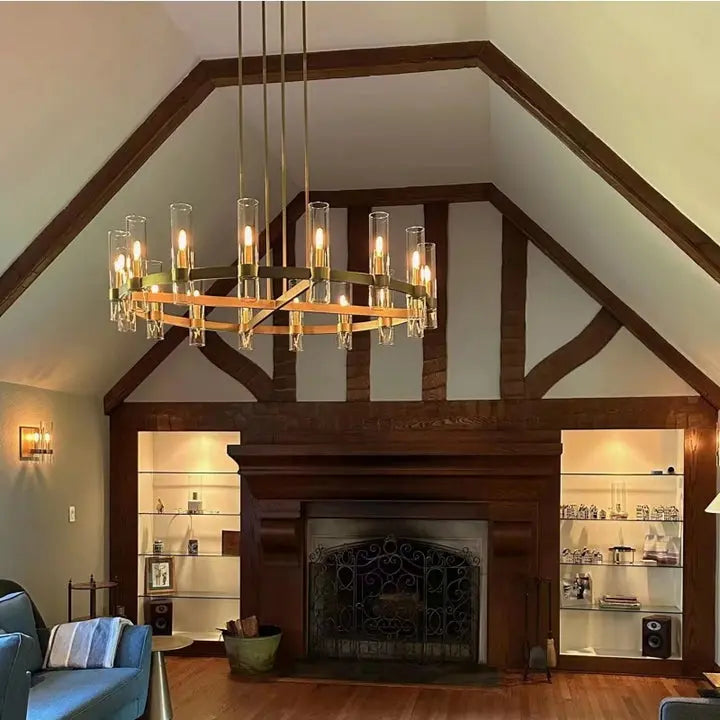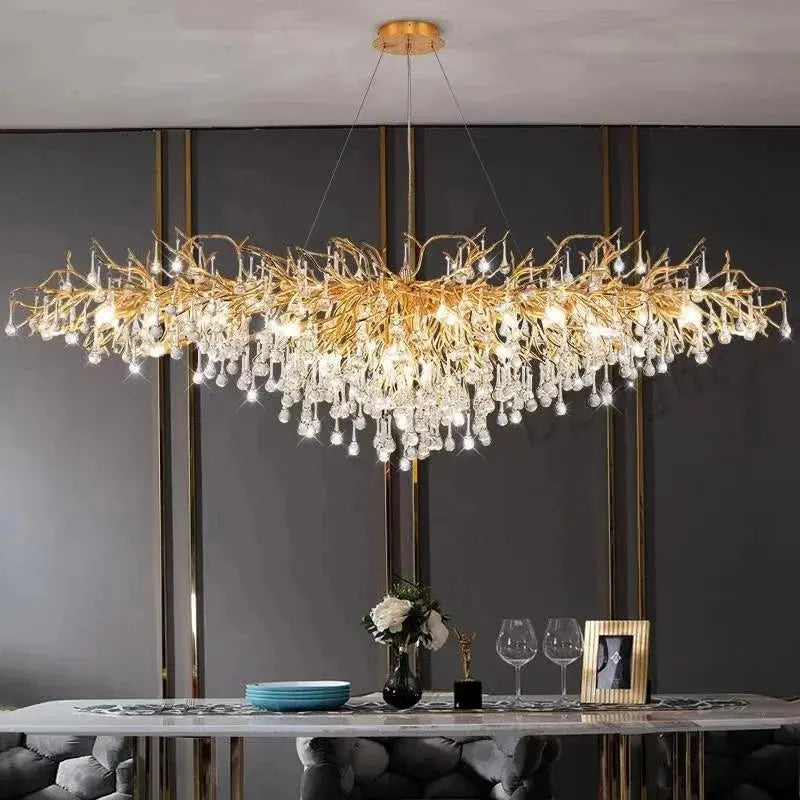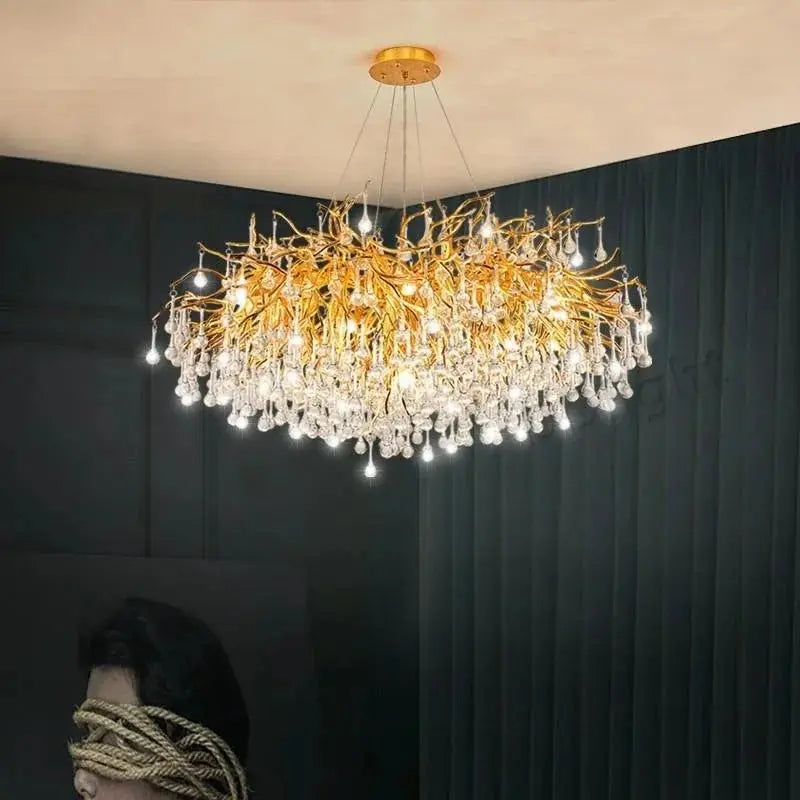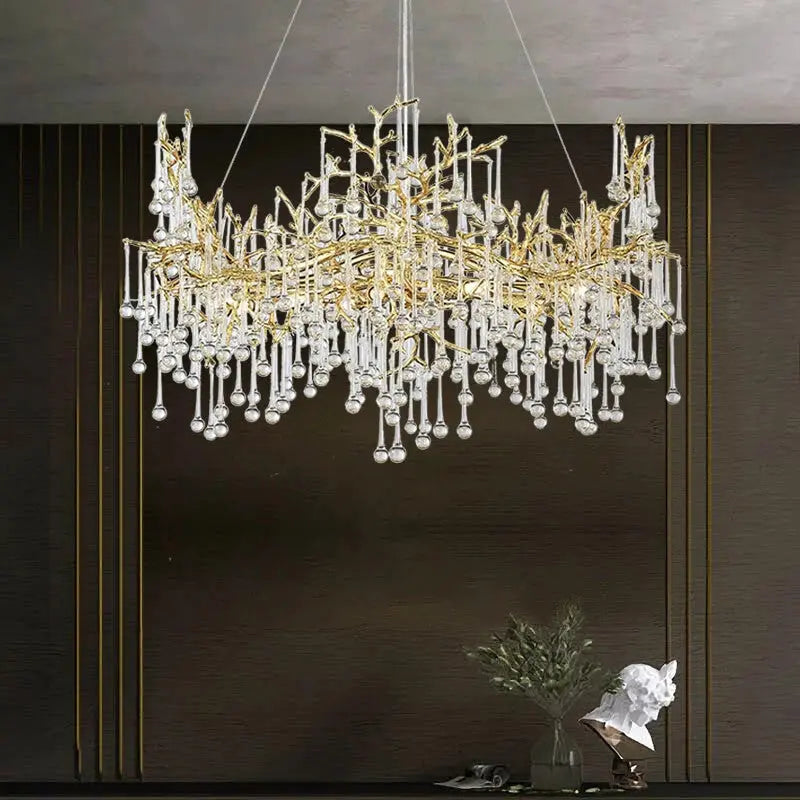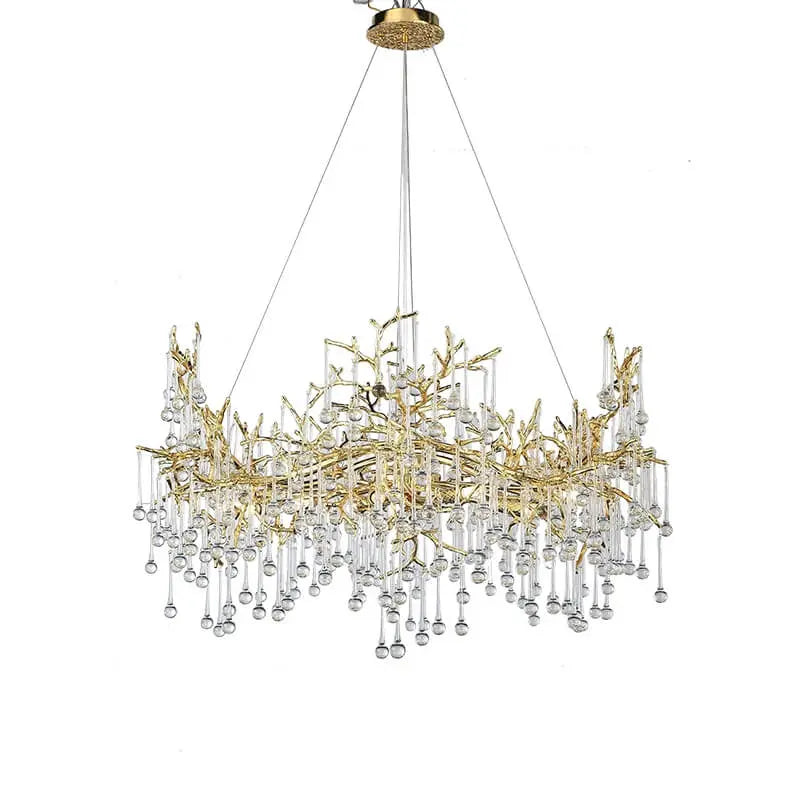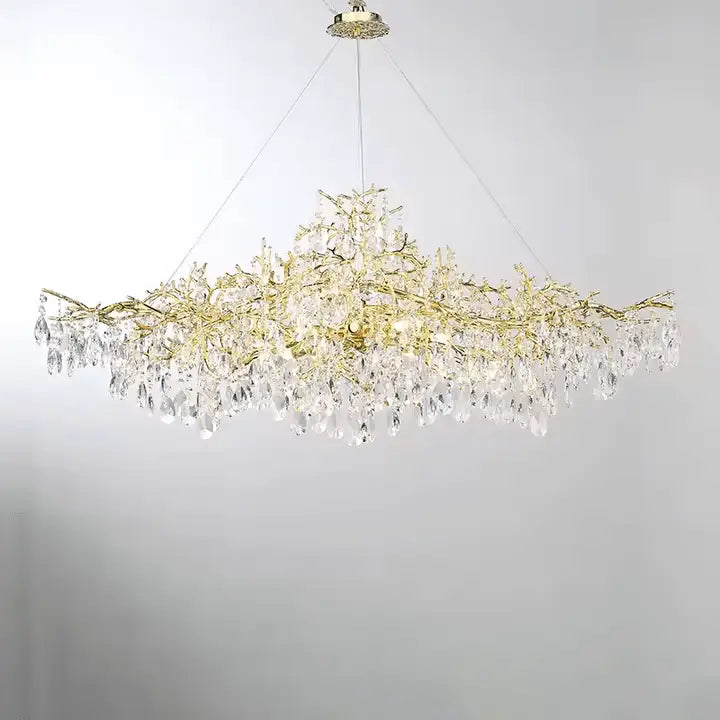Mid-Century Modern design is a unique style that emerged after World War II, blending simplicity with functionality. This guide explores its origins, key features, and how to incorporate this timeless aesthetic into your own home. Whether you're a fan of clean lines or a lover of vibrant colors, Mid-Century Modern offers something for everyone.
Key Takeaways
- Mid-Century Modern design started after World War II, focusing on simplicity and function.
- Key designers like Frank Lloyd Wright and Charles Eames shaped this style with their innovative ideas.
- The style is known for its clean lines, open spaces, and a strong connection to nature.
- Iconic furniture pieces and bold colors are essential for creating a Mid-Century Modern look.
- This design remains popular today, blending classic elegance with modern living.
Understanding the Origins of Mid-Century Modern Home Design
Mid-century modern design emerged after World War II, a time when people wanted to blend beauty and functionality in their homes. This style reached its height from the 1930s to the late 1960s, and it still attracts homeowners today. The charm of mid-century homes lies in their minimalist look, featuring clean lines and open spaces that connect with nature.
Historical Context and Influences
The mid-century modern movement was born during a period of creativity and change. Designers aimed to create a new aesthetic that reflected the optimism of the post-war era. Key influences included earlier styles like Bauhaus, which focused on simplicity and function. This led to designs that favored:
- Clean lines
- Organic forms
- A strong connection between indoor and outdoor spaces
Key Architects and Designers
Several influential figures shaped mid-century modern design. Notable architects include:
- Frank Lloyd Wright
- Rudolph Schindler
- Richard Neutra
-
John Lautner
These designers created iconic structures that continue to inspire today. In furniture design, names like Charles and Ray Eames and Eero Saarinen are also significant, known for their innovative and functional pieces.
Evolution of the Style Over Time
Mid-century modern design has evolved but remains popular due to its timeless appeal. It emphasizes:
- Simplicity
- Functionality
-
Aesthetic harmony
This style is not just about looks; it represents a way of living that respects nature and celebrates creativity.
The beauty of mid-century modern design lies in its ability to blend art with everyday life, making it a lasting choice for many homeowners.
Key Characteristics of Mid-Century Modern Home Design
Mid-century modern home design is known for its unique and appealing features. Here are some of the key characteristics:
Clean Lines and Minimalist Aesthetics
- Simplicity is key: This style emphasizes clean, straight lines and uncluttered spaces.
- Curves and angles: Furniture often features gentle curves and geometric shapes.
- Less is more: The focus is on functionality and beauty without excessive decoration.
Integration with Nature
- Open floor plans: These designs create a seamless flow between indoor and outdoor spaces.
- Large windows: Floor-to-ceiling windows allow natural light to fill the home and connect with the outdoors.
- Natural materials: Wood and stone are commonly used, promoting a warm and inviting atmosphere.
Use of Innovative Materials
- Modern materials: Mid-century modern homes often incorporate new materials like molded plastics and fiberglass.
- Contrasting textures: Mixing materials such as metal and wood adds depth and interest to the design.
- Sustainable choices: Many designs focus on eco-friendly and energy-efficient options, making them suitable for sustainable homes.
Mid-century modern design is not just a style; it’s a way of living that embraces simplicity, functionality, and a connection to nature.
These characteristics make mid-century modern homes a popular choice for contemporary homes, apartment homes, and even affordable homes. Whether you’re looking to design a townhouse home or a loft home, these elements can create a beautiful and functional space.
Incorporating Mid-Century Modern Design into Your Home
Selecting Iconic Furniture Pieces
To truly embrace mid-century modern design, start with the right furniture. Here are some iconic pieces to consider:
- Eames Lounge Chair: A classic that combines comfort and style.
- Tulip Table: Known for its unique shape and simplicity.
- Wassily Chair: A blend of art and function.
These pieces not only enhance the aesthetic but also reflect the functional design ethos of the era.
Choosing the Right Color Palette
Colors play a vital role in mid-century modern homes. Here are some tips:
- Earthy Tones: Use browns, greens, and muted yellows to create warmth.
- Bold Accents: Incorporate bright colors like orange or teal for a pop.
- Neutrals: Whites and grays can balance out bolder hues.
This combination helps in achieving a timeless aesthetic that feels both modern and inviting.
Incorporating Geometric Patterns
Geometric patterns are a hallmark of mid-century design. Here’s how to use them:
- Rugs: Look for rugs with bold geometric designs.
- Wall Art: Choose artwork that features abstract shapes.
- Textiles: Use cushions and curtains with geometric prints.
These elements can add visual interest and connect the space to the mid-century modern style.
Embracing mid-century modern design is about finding a balance between simplicity and functionality. The right pieces can transform your space into a stylish haven that reflects this iconic era.
Lighting in Mid-Century Modern Homes
Types of Lighting Fixtures
Mid-Century Modern homes are known for their unique lighting fixtures that serve both function and style. Here are some popular types:
- Sculptural chandeliers: These often feature geometric shapes and can be a focal point in any room. A sophisticated marble chandelier can add elegance.
- Floor lamps: With sleek lines, these lamps can fit perfectly in corners or beside furniture.
- Wall sconces: These fixtures save space while providing ambient light.
Importance of Natural Light
Natural light plays a crucial role in Mid-Century Modern design. Here’s why:
- Enhances space: Large windows allow sunlight to flood in, making rooms feel larger.
- Creates warmth: Sunlight adds a cozy atmosphere, especially in Scandinavian homes.
- Promotes well-being: Natural light can improve mood and energy levels.
Tips for Layering Light Sources
To achieve the perfect lighting in your home, consider these tips:
- Mix different types: Combine ambient, task, and accent lighting for a balanced look.
- Use dimmers: This allows you to adjust the brightness based on the time of day or mood.
- Incorporate energy-efficient options: Look for LED bulbs to save on energy costs, especially in energy-efficient homes.
Lighting in Mid-Century Modern homes is not just about illumination; it’s about creating an atmosphere that reflects the style's elegance and simplicity. Whether you choose a luxury marble chandelier or a minimalist floor lamp, the right lighting can transform your space.
Decorative Elements in Mid-Century Modern Homes
While mid-century modern design often focuses on minimalist aesthetics, decorative elements play a crucial role in enhancing the overall ambiance. Here are some key aspects to consider:
Artwork and Sculptures
- Abstract Art: Pieces that feature geometric shapes or bold colors can add a striking focal point.
- Sculptures: Look for minimalist sculptures that reflect the clean lines typical of this style.
- Wall Art: Consider using large canvases or framed prints that resonate with the mid-century theme.
Textiles and Rugs
- Geometric Patterns: Rugs with geometric designs can tie the room together and add warmth.
- Bold Colors: Incorporate textiles in vibrant hues to contrast with neutral furniture.
- Natural Materials: Use fabrics like wool or cotton to maintain a cozy feel.
Decorative Accessories
- Unique Marble Chandeliers: An elegant marble chandelier can serve as a stunning centerpiece.
- Sunburst Mirrors: These mirrors not only reflect light but also add a touch of retro charm.
- Minimalist Clocks: Choose clocks that emphasize simplicity and functionality.
The beauty of mid-century modern design lies in its ability to blend functionality with artistic expression.
Incorporating these decorative elements can help create a space that feels both stylish and inviting, making your home a true reflection of mid-century modern charm.
Blurring the Boundaries: Indoor and Outdoor Spaces
Designing Seamless Transitions
One of the most exciting features of mid-century modern homes is how they connect indoor and outdoor spaces. This design style emphasizes open-plan homes, which means that rooms flow into each other without many walls. Here are some ways to create smooth transitions:
- Use large sliding glass doors to open up to patios or gardens.
- Choose similar flooring materials for both indoor and outdoor areas.
- Incorporate outdoor furniture that matches your indoor decor.
Use of Large Windows and Open Floor Plans
Mid-century modern homes often have big windows that let in lots of natural light. This not only brightens up the space but also allows you to enjoy the view of your garden or yard. Here’s why this is important:
- Natural light makes spaces feel larger and more inviting.
- It helps create a connection with nature, making your home feel more peaceful.
- Large windows can reduce the need for artificial lighting during the day.
Incorporating Outdoor Living Areas
Outdoor spaces are just as important as indoor ones in mid-century modern design. Here are some ideas to enhance your outdoor living areas:
- Add a deck or patio for dining and relaxation.
- Use plants to create a natural barrier between indoor and outdoor spaces.
- Install outdoor lighting to make the area usable at night.
The mid-century modern home is a sanctuary where the boundaries between nature and living spaces dissolve, creating a harmonious environment.
By embracing these elements, you can enjoy the best of both worlds, making your home a true reflection of mid-century modern charm.
The Enduring Appeal of Mid-Century Modern Design
Mid-Century Modern design is loved for its timeless beauty and practicality. This style, which emerged in the mid-20th century, continues to inspire homeowners and designers alike. Here are some key reasons why it remains popular today:
Timeless Aesthetic
- Simplicity: The clean lines and uncluttered look make spaces feel open and inviting.
- Functionality: Each piece is designed to be useful, blending beauty with purpose.
- Versatility: It fits well in various settings, from urban apartments to suburban homes.
Functional and Practical Design
- Innovative Materials: Mid-Century Modern uses materials like wood, metal, and glass, creating a unique blend.
- Open Spaces: The design emphasizes open floor plans, making homes feel larger and more connected.
- Natural Light: Large windows are a hallmark, allowing sunlight to fill the space and connect indoors with nature.
Modern Interpretations and Trends
- Revival: Many new designs draw inspiration from Mid-Century Modern, keeping the style alive.
- Sustainable Practices: Modern designers are incorporating eco-friendly materials, aligning with the original ethos of the style.
- Mixing Eras: Today, it’s common to see Mid-Century pieces paired with contemporary decor, creating a unique look.
Mid-Century Modern design is not just a style; it’s a way of life that celebrates simplicity, creativity, and a connection to nature. Its charm continues to light up our homes, making it a valuable investment for any space.
In summary, the enduring appeal of Mid-Century Modern design lies in its ability to blend functionality with elegance, making it a beloved choice for many.
Mid-century modern design continues to charm people with its clean lines and functional beauty. This style, which emerged in the mid-20th century, combines simplicity with elegance, making it a favorite for homes today. If you want to explore stunning lighting options that reflect this timeless appeal, visit our website for a wide selection of beautiful chandeliers and lamps!
Celebrate the Beauty of Mid-Century Modern Design
In conclusion, exploring Mid-Century Modern design reveals a style that beautifully combines the old with the new. This design approach is all about balance and simplicity, making it a great choice for any home. If you're excited to add this classic style to your space, check out our Free Guide to Mid-Century Modern Design. It’s packed with helpful tips and interesting history to help you create a home that reflects this timeless aesthetic. Whether you want to make big changes or just add a few special pieces, our guide has everything you need to start your journey. Embrace the charm of Mid-Century Modern design and turn your home into a stylish retreat that showcases both elegance and modernity.
Frequently Asked Questions
What is Mid-Century Modern design?
Mid-Century Modern design is a style that became popular from the 1940s to the 1960s. It focuses on simple lines, functional furniture, and a connection with nature.
How can I add Mid-Century Modern elements to my home?
You can start by choosing iconic furniture pieces, using a light color palette, and incorporating geometric patterns in your decor.
What are the key features of Mid-Century Modern homes?
Key features include clean lines, open spaces, large windows, and the use of natural materials like wood and stone.
Who are some famous Mid-Century Modern designers?
Famous designers include Frank Lloyd Wright, Charles and Ray Eames, and Eero Saarinen, known for their innovative furniture and architecture.
How does lighting play a role in Mid-Century Modern design?
Lighting is essential in Mid-Century Modern homes. It includes unique fixtures and emphasizes natural light to create an inviting atmosphere.
Is Mid-Century Modern design still popular today?
Yes, Mid-Century Modern design remains popular due to its timeless appeal and ability to blend with contemporary styles.

